An unusually cold late spring, then a wet, chilly early summer, followed by a fierce heatwave, violent hail and thunderstorms. If there’s one thing that Irish gardeners have learned from this year’s unpredictable weather patterns it’s to expect the unexpected.With that in mind here are some practical ways to keep your garden shipshape, floriferous, healthy and productive in the weeks ahead.
Be a deadhead
Regularly deadheading ornamental plants by removing their faded flowers not only hugely improves their overall appearance but also prevents them from setting seed, encouraging them to instead pour their energy into the production of fresh blooms as well as into strong healthy root systems and fresh vegetative growth.
So unless you intend to save seed or want to retain the seed-heads for ornamental reasons, make a point of regularly working your way through pots, containers, window-boxes, hanging baskets and/or the flower border every few days, gently nipping out any dead/dying/faded blooms along with any seed-heads/pods and any dead, damaged or dying leaves.
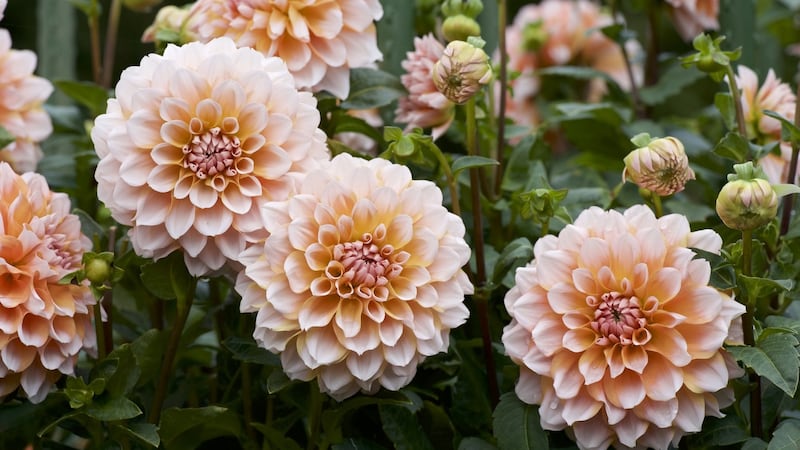

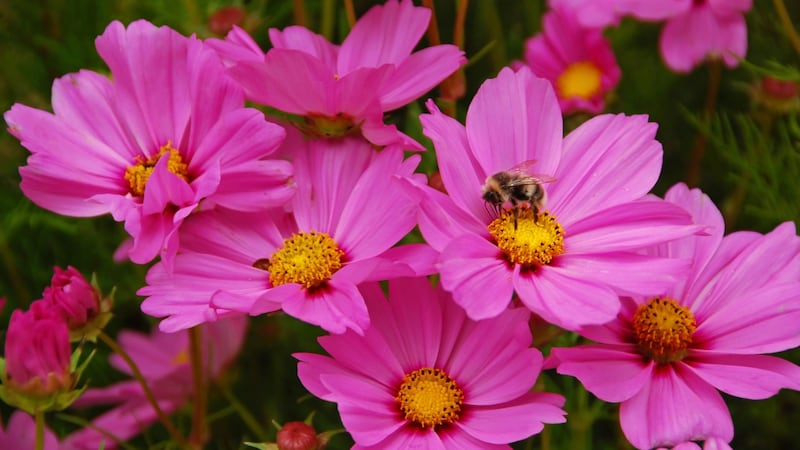
When stems are soft you can simply pinch these out between your thumb and
index finger but with woodier stems it’s best to use a sharp, clean secateurs. Smaller, lighter snips with finer blades such as the Felco 300 or the Darlac DP42 (recommended Irish online suppliers include mrmiddleton.com) are easier on the hands and are ideal for this kind of finicky work.
If you’re deadheading multi-headed roses cut back the individual blooms on each flower truss and then once the entire truss has faded, cut back to just above a true leaflet with five individual leaves rather than three.
In the case of flowering plants with tall flower spikes such as lupins, linaria, delphiniums, red hot pokers and verbascums, you can prolong the flowering display by using your index finger and thumb to gently strip away any individual faded flowers from lower down the flower spike. Then once the entire spike has faded, cut it back to a fresh bud or, if there isn’t one, close to the the base of the plant.
With species such as dahlias, cosmos and rudbeckia that have branching flower stems, cut back individual faded flowers to just above fresh flower buds emerging lower down the stem.
Done well, deadheading should never look obvious; along with boosting growth levels and fresh flower production, the aim is to create a very natural look.
Offer some support
No, not the cry on my shoulder type, but providing some form of physical support in the shape of stakes/canes, sheep wire, garden twine and/or netting is crucial for many plants at this time of year including those with naturally brittle stems (for example, dahlias) or tall/long stems (for example, sunflowers, sweet pea, clematis).
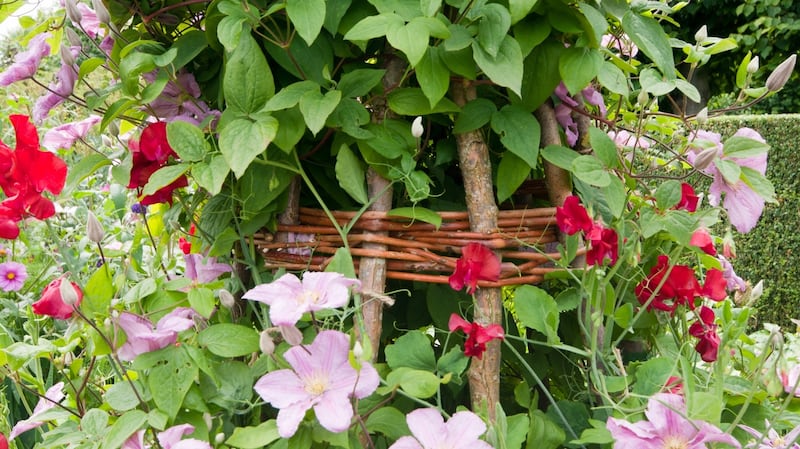
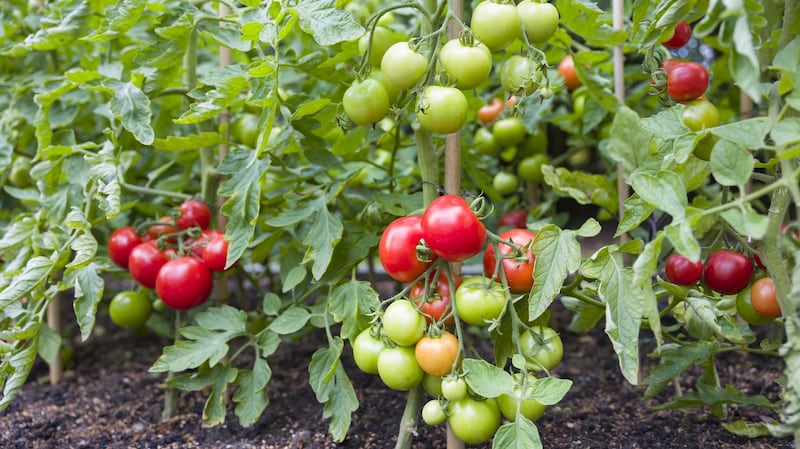
The same goes for kitchen garden plants with stems or branches that have
naturally become weighed down with fruit/produce to the point where they’re now in danger of snapping (for example, tomatoes, cucumbers and climbing French beans, sweet corn and many kinds of fruiting trees and bushes). At this time of year all it takes is a day of heavy rain/overly-enthusiastic overhead watering and/or strong winds to cause irreversible damage, so act quickly before it’s too late.
Water with care
Many plants have been through the wringer in recent weeks with the sustained, exceptionally high temperatures and drought-like conditions of July causing plant stress and making it challenging to keep their root systems, flowers and leaves sufficiently hydrated.
It’s also very easy to make the mistake of thinking you’ve sufficiently watered plants when instead the water has barely penetrated the soil.
Likewise, don’t assume that summer rain will provide sufficient water for container-grown plants when the truth is that at this time of year their leafy canopies will shed most of it rather than allowing it to penetrate through to the compost.
One great way to gauge this is to simply stick your index finger into the soil/compost; it should feel damp to a depth of at least 5cm. In the case of container-grown plants, you can also judge it by seeing how heavy the containers feel after watering. If they still seem light then they almost certainly haven’t been watered enough.
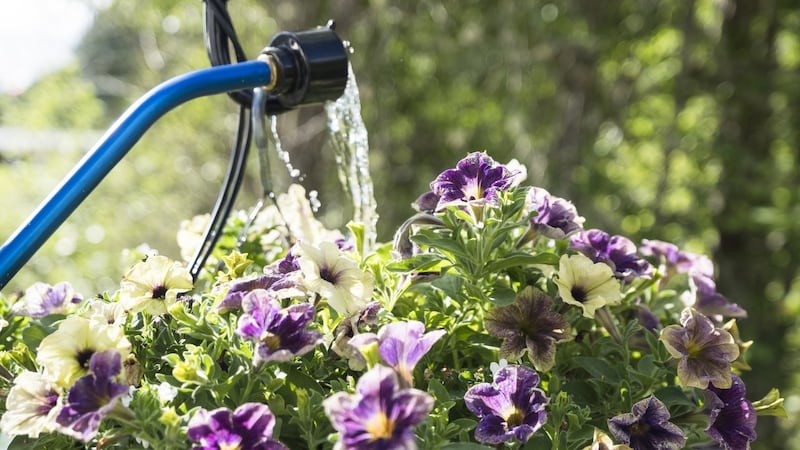
With containers, window boxes or hanging baskets that have accidentally been left unwatered to the point where the surface of the compost has become dry and leathery, it can be especially difficult to properly re-dampen them. In this case place them up to their waists in a large container of cool, fresh water (I use a wheelbarrow) and then leave them to slowly soak overnight.
Remember also that watering is always best carried out in the cool of the evening (or failing that, in early morning) and ideally around the base of the plant rather than overhead. This gives it the very best chance of penetrating down to thirsty root systems rather than quickly evaporating and also reduces the risk of disease and/or accidental damage to delicate flowers and foliage.
Liquid lunches
Most plants naturally start to run out of steam at this time of year, especially if they’re growing in pots and containers where there’s limited space and nutrients for their hungry, thirsty root systems. The result is often slowed growth, discoloured foliage, reduced flowering/fruiting and smaller crops plus an increased vulnerability to pests and diseases.
But you can do a lot to keep the show on the road well into autumn by giving them regular liquid feeds rich in plant nutrients and/or trace elements as well as other biostimulants that help to support plant health and to boost disease, pest and drought resistance, as well as the production of flowers and fruits.
Very fast-acting, these natural liquid feeds can be applied with a sprayer or a watering can (using a rose attachment) every 10-14 days to the surface of the leaves, something known as a foliar feed. Alternatively liquid feeds can simply be given as a soil drench around the base of the plant.
A variety of different products are suitable for diluting with water and using this way, including liquid seaweed, vinasse (a by-product of sugar made from fermented molasses) and homemade nettle, liquid manure and comfrey feeds. Recommended online suppliers include Cork-based Fruithill Farm (fruithillfarm.com), Sligo-based QuickCrop (quickcrop.ie) and Dublin-based Mr Middleton (mrmiddleton.com) as well as most good Irish garden centres.
Whichever liquid feed you choose, always make sure that the plants are well-watered several hours before giving it to avoid scorching their leaves and/or roots. Also avoid liquid feeding in very hot, bright sunshine or just before rain, both of which will reduce its efficacy.
For the same reason, don’t foliar feed when the foliage is wet from rain or irrigation but wait until the leaves have had the chance to dry off. In the case of container-grown plants in very bad need of a quick pick-me-up, I like to place the entire (well-watered) container in a wheelbarrow filled with a diluted liquid seaweed feed, which is guaranteed to produce dramatic results within a week.
THIS WEEK IN THE GARDEN
August is a good time of the year to sow seed of different kinds of winter salad crops including mustard, mizuna, pak choi, tatsoi, rocket, claytonia and corn salad. Recommended online suppliers include Sligo-based Green Vegetable Seeds (greenvegetableseeds.com), Cork-based organic seed producers Brown Envelope Seeds (brownenvelopeseeds.com) and Galway-based Seedaholic (seedaholic.com).
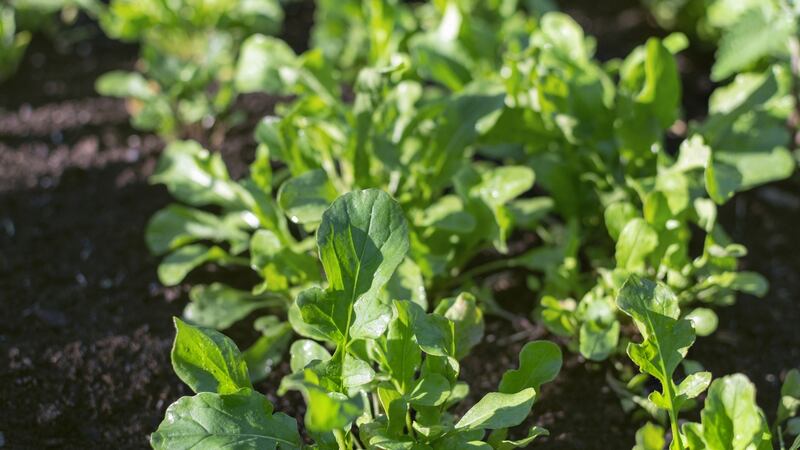
Keep a watchful eye out in the kitchen garden or allotment for the caterpillars of the cabbage white butterfly which can quickly damage many kinds of brassica crops including cabbage, Brussels sprouts, kale and calabrese. The best way to protect plants is by covering them with horticultural fleece, netting or Bionet but don’t do this at this time of the year before first carefully inspecting them for early signs of infestation, including eggs on the undersides of the leaves. Smudge these out by rubbing them off with your thumb and handpick off any caterpillars that you find. Even brassica crops that were covered earlier this year should be checked regularly at this time of year as the butterflies can find their way in through even a small hole or gap in the crop cover.












